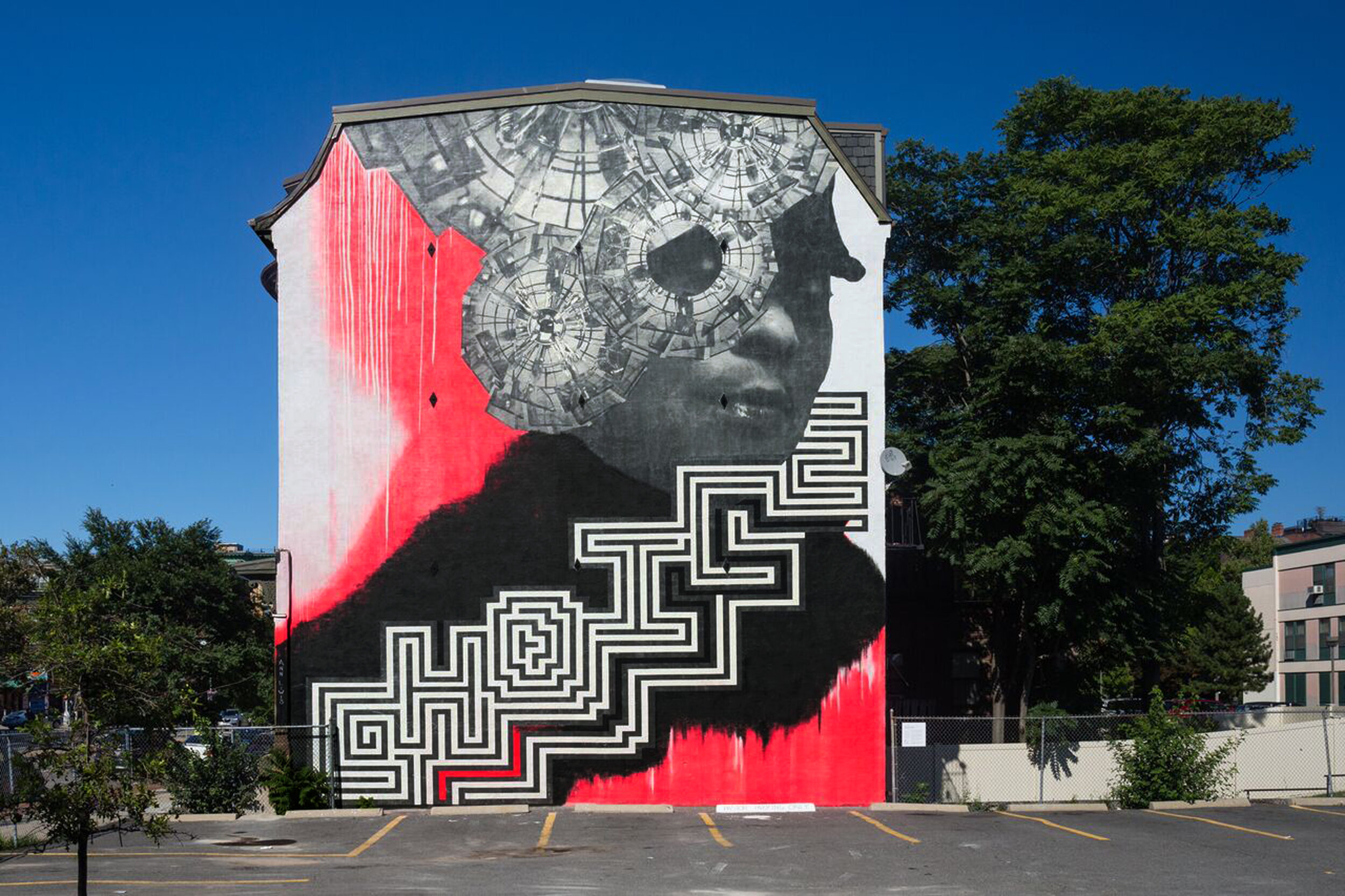Ann Lewis lives in Detroit, MI where she works at the intersection of art and activism. Her interdisciplinary, data-driven practice addresses the power structures that perpetuate gender and racial inequalities and often takes the form of murals, installation, and participatory art.
She received a BA from the University of Wisconsin-Madison. She was recognized in 2015 by then-President Barack Obama’s administration with an exhibition at the White House. Amongst other entities, she has also shown at the Emerging Collective, Decatur, GA (2019); Pulse Art Fair, Miami, FL (2018); and Petzel Gallery, New York, NY (2017). She received a Public Art Network Award from Americans for the Arts for the Now + There project mentioned by the artist in the essay below.
Follow Ann on Instagram @ann.lew.is.
2020. We're just halfway through, and it feels like we’ve all lived several lifetimes since January 1st. This year, beyond all others in recent memory, has laid bare to a large swathe of Americans, the inequities, injustices, and vulnerabilities of a society built upon racial capitalism and its faltering foundation. It offers so many of us hindsight, a 20/20 clarity to so much we've willfully ignored. My work as an activist and public artist explicitly deals with many of these issues. Approaching them from a feminist perspective creates the space and time for viewers and participants not to seek hasty solutions, but to sit with the pain and discomfort. That is where growth happens, in our collective unease. I believe we need to seek feminine perspectives because the patriarchal ways of the world that have existed for centuries are crumbling at our feet.
The veracity and sonority of womxn's voices have been suppressed for millennia. As modern humanity has been dictated by man's dominating ventures, womxn and non-binary folks have grown deep roots in the background of western society's voracious climb for power and supremacy. When not objectified, womxn are hystericized, ignored, and omitted from positions of power. As an activist artist, I am driven to upend these toxic narratives and participate in the swell of femme-identifying voices that offer inclusive and divergent conversations of our global realities.
My practice is grounded in irreverence for a society centered on domination. Beginning as a street artist in 2008, I have spent the last twelve years cutting my own trail away from societal expectations and exploring the landscapes in which my voice has value. Without traditions to lean upon or role models to guide me, I've methodically foraged for this voice. My quest has resulted in a practice centered on extensive research, thorough community engagement, and site-specific experiential offerings. To accurately honor the issues I tackle with my work, I often vacillate between the contemporary art world and community organizing, shifting from public artist to human rights activist. This fluidity allows me to more succinctly offer experiences that encourage comprehensive understandings of womxn's perspectives on crucial issues.
One such project is a mural I created for Boston in 2017 entitled See Her. It was commissioned by Now + There and developed in collaboration with Community Resources for Justice (CRJ). This mural was designed in creative partnership with several womxn who were transitioning out of incarceration. At the time, they were staying at the McGrath House in Roxbury. This 45' temporary mural celebrated the humanity and dignity of womxn who have experienced incarceration and their tenacity to mold and protect their futures.
The issues explored within my work are all feminist issues -- mass incarceration, police brutality, rape, gentrification. Each subject requires its own individual approach and research. The materials I use to convey these stories are concept-specific, allowing me to imagine new environments and ways forward. If there is one underlying element in which all of my work is rooted, it is data. Employing facts as the foundation of my practice offers a connective vein throughout the various topics and materials I use to tell our human story. I choose to use data to show the scale of the issues we read about but rarely have the opportunity to fully comprehend our impact as humans.
My installation …and counting harnessed the data around each police-related death in 2016. Over the year, this hanging installation grew by roughly three people a day and ended with a total of 1,093 toe tags detailing each individual death. This chrono-reactive method is one I often use in works chronicling social, racial, and gender-based inequities and violence. It's crushing to witness that police brutality continues to rob people like George Floyd of their lives, but I am inspired by the protests around the country (and the world!) extending weeks after his death. This is a moment we can seize to create real change, but it will take all of us to make it happen.
2020 has opened our eyes wide to the reality which most people were unable or unwilling to face head-on. We may now finally have the clarity of vision to instill lasting and systemic change to our governmental and social spaces. With this newfound capacity, I urge folks to support emerging BIPOC and activist artists who are working overtime to shed light on the issues that face the most vulnerable among us. Through these voices, these rarely amplified perspectives, so much precious clarity and understanding can be realized.

